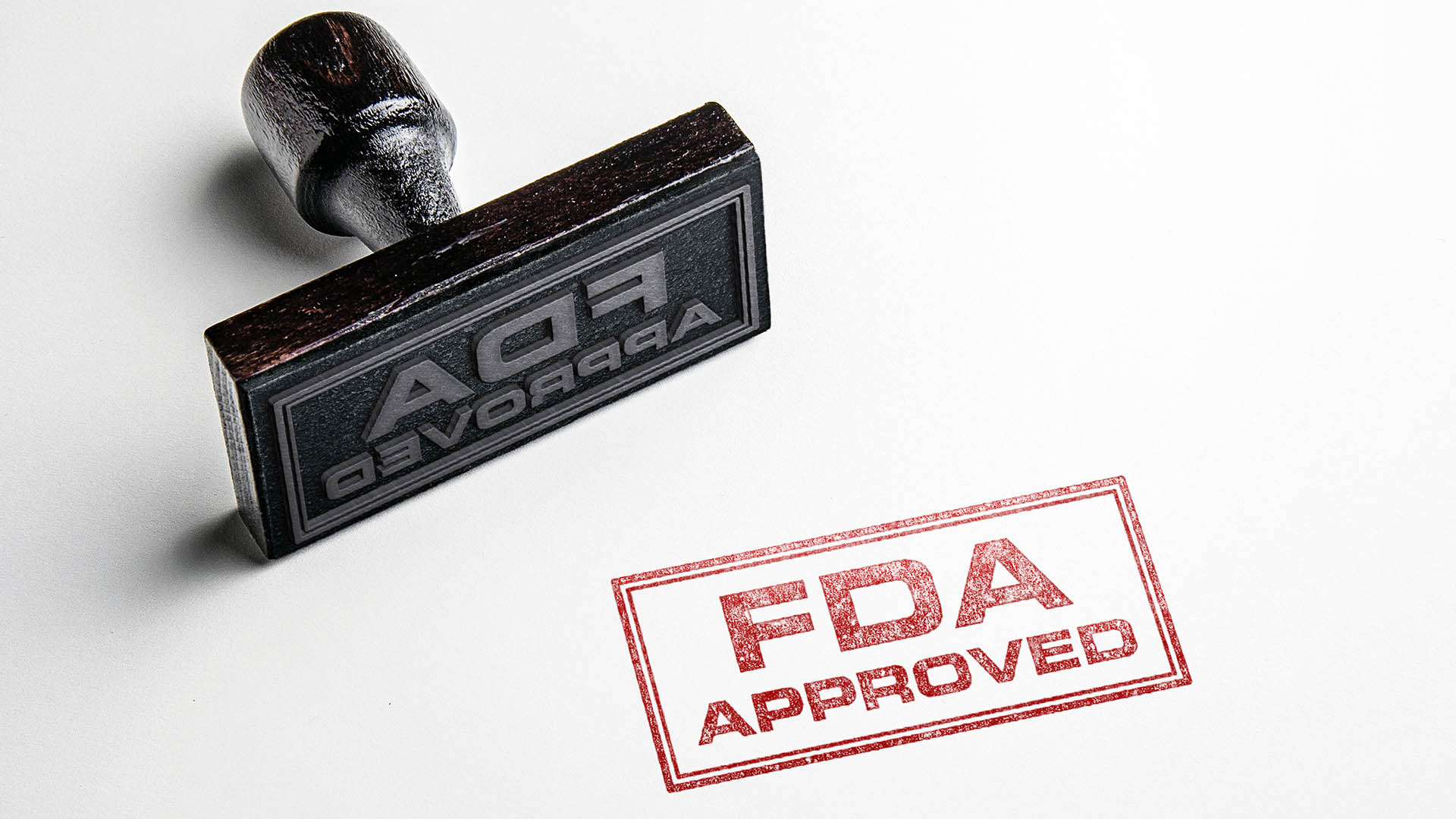Melbourne-based wealth manager IOOF is buying the National Australia Bank’s final remaining wealth business for $1.5 billion, a move that completes big four banks divestment from the super, wealth management, and insurance businesses.
It is also a deal that will see IOOF take an enormous risk by more than doubling itself in size (its market value is currently $1.6 billion) by increasing the size of its issued capital 85%.
Earlier this year IOOF completed, after a long delay, the acquisition of the ANZ Bank’s pensions and investments business for $825 million, down $125 million (15.2%) from the original $950 million, which was announced in October 2019.
Driving these asset sales (some of which went to Japanese giants) were a long and expensive list of scandals and mounting customer remediation bills which have gone past $1 billion and are still rising.
ASIC said last week that six of Australia’s largest banking and financial services institutions have paid or offered a total of $1.05 billion in compensation, as at June 30, to customers who suffered loss or detriment because of fees for no service (FFNS) misconduct or non-compliant advice.
ASIC said this is an additional $295.9 million in compensation payments or offers by the institutions from January 1 to June 30, 2020.
“AMP, ANZ, CBA, Macquarie, NAB, and Westpac (the institutions) undertook the review and remediation programs to compensate affected customers as a result of two major ASIC reviews. ASIC commenced the reviews in 2015,” ASIC said in a release a week ago.
Those demands for compensation and remediation have helped drive the banks from these sectors and the NAB sale of the final part of MLC (it sold 80% of insurance business to Nippon Life for $1.7 billion)
The deal is enormous for IOOF which will fund the deal through a $1.04 billion capital raising as well and expanded debt facilities. But it is a deal that will strain the finances of IOOF – the NAB will finance $200 million of the purchase price through a vendor finance deal.
The takeover deal for MLC Wealth, which is subject to regulatory approvals, is expected to be completed by June 2021.
IOOF chief executive Renato Mota described the deal as a compelling business opportunity for growth in a statement to the ASX yesterday (what else could he say? That it’s going to be a dud?)
“MLC is a natural fit with IOOF and presents a unique opportunity to create value from synergies for the benefit of clients, members and shareholders. This is a once in a generation opportunity to create the leading wealth manager of the future,” Mr Mota said in Monday’s statement.
The deal will swell IOOF’s funds under management to $510 billion, with $173 billion of this in superannuation.
Mr. Mota said scale was critical for the company’s success. “Merging two of the longest standing businesses in wealth management brings together a combined culture and common purpose of community spirit and supporting people to achieve their financial goals,” he said.
NAB confirmed the sale on Monday saying it as part of the bank’s strategic decision to focus on its core banking business.
“We have a clear plan and we are getting on with it,” NAB chief executive Ross McEwan said. “NAB has taken a disciplined approach over the past two years to transform the business and prepare it for exit.”
News of the looming sale of MLC was hinted at in NAB’s third-quarter trading update last month.
“We have explored a range of transaction options and are confident this sale provides the best outcome for NAB shareholders and for MLC stakeholders. We recognise the specialised nature of wealth management and the opportunity for the MLC business as part of IOOF.” Mr. McEwan said in the statement.”
IOOF says the acquisition presents significant opportunities to simplify and streamline the combined operations to deliver better results, but it will be costly and the board and management are literally betting the company that the deal will be successful.
That is after stretching it earlier in the year with the $825 million purchase of the ANZ’s pensions and investments business.
The company will more than double its size and dilute its existing shareholders (if they do not take up their shares in the issues) by a massive 85%.
The acquisition will be funded by a $1 billion fully underwritten institutional placement and accelerated non-renounceable entitlement offer, $250 million of incremental senior debt via an underwritten syndicated debt facility, $200 million in a subordinated loan note issues to NAB and $40 million of existing IOOF cash.
IOOF confirmed it will not assume conduct or remediation liability for the MLC business.
IOOF is undertaking a fully underwritten 1 for 2.09 Entitlement Offer to raise $588 million, and a fully underwritten $452 million placement, together raising approximately $1,040 million.
The equity raising will be conducted at $3.50 a share. That’s a sharp 22.5% discount to the dividend-adjusted last close price of $4.515 last Wednesday when the shares went into a trading halt.
IOOF said the entitlement offer and placement will result in about 297 million new shares being issued, representing approximately 85% of IOOF’s existing issued capital. New Shares issued will rank equally with existing Shares, except that they will not be eligible for the dividend declared on 31 August 2020.
IOOF said it is targeting pre-tax synergies of $150 million a year by the third full year of ownership on a run-rate basis (in 2024!).
One-off pre-tax integration and transaction costs of approximately $360 million to be incurred over around four years.
IOOF isn’t confident about support from smaller shareholders – it is only looking for $50 million of money from its retail base in an associated share purchase plan. That’s a telling decision.













